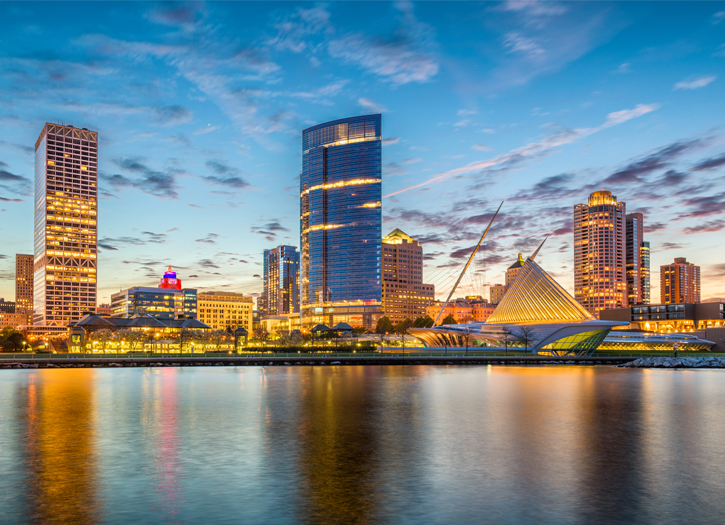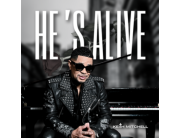The global COVID-19 pandemic struck the U.S. state of Wisconsin in early February 2020. As of September 25, 2020, Wisconsin public health authorities reported 2,504 cases of COVID-19, for a cumulative total of 110,828 cases. Sixty-five hospitalizations and 9 deaths were reported over the past 24 hours; increasing the statewide death toll to 1,274. Although Wisconsin has so far experienced just 219 deaths per million residents, compared to the national average of 630 deaths, COVID-19 is on track to be one of the leading causes of death in Wisconsin in 2020.
A steady upward trend of new COVID-19 cases in late June/early July accelerated in mid July, with several new single day records reported in late July. In response to July’s rising case and death tolls, Governor Tony Evers issued a face mask mandate for all citizens over age 5 while in any enclosed space that is not a private home. The results of the mask mandate were mixed, with an initial drop in cases in August, but as of late September an overwhelming majority of counties in the state show significant spikes in new COVID-19 cases.
On September 9, after two days of a test positivity rate over 20%, the University of Wisconsin– Madison announced it would pause in-person instruction for two weeks. Two large residence halls were quarantined.Cases continued to increase with a 150% spike in cases near the end of September. Many school districts started the school year with virtual classes. Kenosha gave students a choice between full-time classroom or full-time remote instruction after parents demanded an in-person option. At least give students or staff members tested positive since the first day of classes on September 14.
On March 10, the Osceola School District closed schools to sanitize the buildings and buses after a person who attended a regional sports tournament was found to be infected.On March 12, Governor Tony Evers declared a State of Emergency.The next day, he ordered the closure of all public and private K-12 schools in the state until at least April 5. Most schools in the University of Wisconsin System, including Madison and Stout, have cancelled all in-person classes through early April. On March 16, Evers announced restrictions on the number of people that could be present at childcare facilities, limiting it to 10 staff and 50 children at the same time. On March 17, a statewide ban of all gatherings with more than 10 people was announced by the governor.
The Archdiocese of Milwaukee initially suspended all masses from March 18 through April 3. Also, Catholic schools would cease in-person instruction. Archbishop Jerome Listecki later extended the suspension into Holy Week, including Easter Mass, choosing to live stream all such ceremonies from an otherwise empty Cathedral of St. John the Evangelist (The archdiocese then paid for time on WVTV and WISN-TV to telecast both the Good Friday and Easter Masses live across the entire Milwaukee market).The dispensation from Mass has since been extended through September 13.
The 2020 Democratic National Convention was originally scheduled for July 13–16 in Milwaukee at the Fiserv Forum arena, was but postponed to August 17–20 on April 2. Due to the pandemic, at least fifteen other U.S. states canceled or postponed scheduled elections or primaries at the time of Wisconsin’s election. With Wisconsin grappling with their own pandemic, state Democratic lawmakers made several attempts to postpone their election, but were prevented by other Republican legislators.
Most of state’s sports teams were affected. Several leagues began postponing or suspending their seasons starting March 12. Major League Baseball cancelled the remainder of spring training on that date, and on March 16, they announced that the season will be postponed indefinitely.Thousands of citizens protested at the Capitol in Madison on Friday, April 24 in response to Governor Evers’ extension of the ‘Safer-At-Home’ executive order. Among the reasons for protest include many businesses that have closed or significantly reduced the workforce, which has led to hundreds of thousands of unemployment claims. Also, churches have closed their doors and about 900,000 children are not in school. The school district decided to go to a virtual format due to the COVID-19 pandemic.







Add Comment
You must be logged in to post a comment.